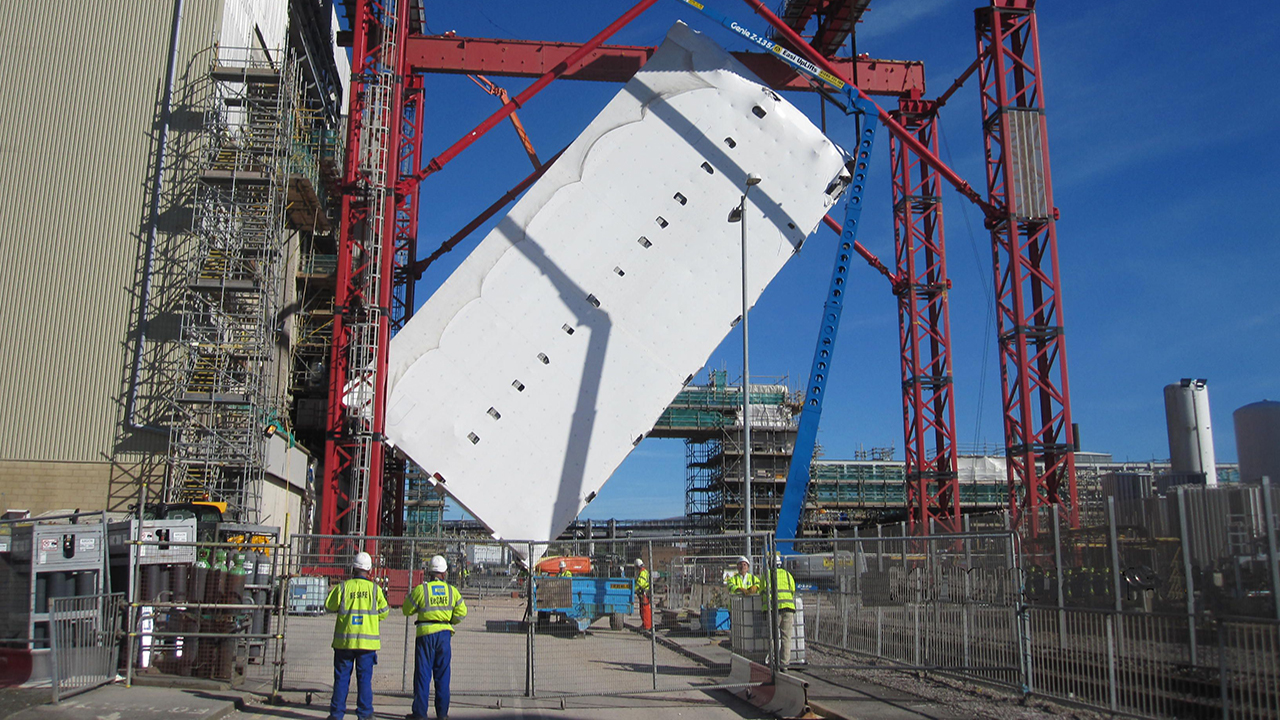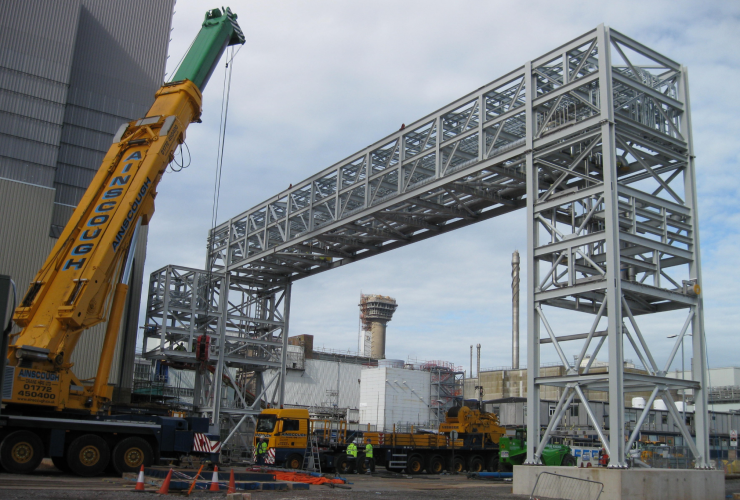At the time of construction, Evaporator D was the largest nuclear decommissioning project in the UK . It was designed to continue reduction of the volume of highly active legacy waste.
With Evaporator C having outlived its shelf life, Evaporator D was designed to reduce the volume of Sellafield’s most radioactive waste product – highly active liquor. The plant is the only evaporator on the site able to process high-level liquid waste created during the clean-out of the Sellafield’s reprocessing plants. It reduces the volume of liquor so it can be turned into gas form and safely stored.
Costain were the main contractor who subsequently appointed Shepley Engineers to deliver the
Supply, Fabrication, and Mechanical installation work in an Alliance named CS3, which included Costain, Sellafield, and Senior Hargreaves for HVAC works.
Following on from Evaporator C Shepley were responsible for all aspects of Mechanical and Electrical installation work for the entire project. The scope of service drew upon the complimentary support of the Shepley group companies, including PPS Electrical and West Cumberland Engineering. Fabrication of all pipework, supports and module steelwork was carried out at our West Cumberland Engineering Workington facilities.
In addition to the contracts placed with Shepley Engineers and PPS Electrical, West Cumberland Engineering (WCEL) completed over one hundred contracts directly associated with Evaporator D. The majority of these were associated with pipework in some capacity, ranging from small spools and pipe supports through to large vessels, approximately 20,000m of pipe/ducting and a modularised pipebridge. The pipebridge featured 13 modules, weighing a combined 150 tonnes of structural steelwork. These modules were pressure tested, and the largest was over 30 metres in length.
West Cumberland Engineering carried out over 10,000 pipe butt welds with a repair rate of less than 2%. Individual condenser manufactured from NAG material over 2.5km of manual tig weld with zero repairs neccesary. The project fell slightly behind course, at no fault of WCEL. However the West Cumberland team were working extra time during the morning and backshift to ensure the project could return smoothly in line with time parameters.
The project was located next to a live nuclear operational facility with a restricted footprint which was adjacent to the Sellafield site operational rail network. This meant that a modular build strategy was required, and construction logistics was very restricted with limited access and lay down facilities. This was overcome by using an off-site modular build approach, just in time deliveries and enhanced logistics coordination and cooperation between all subcontractors.


